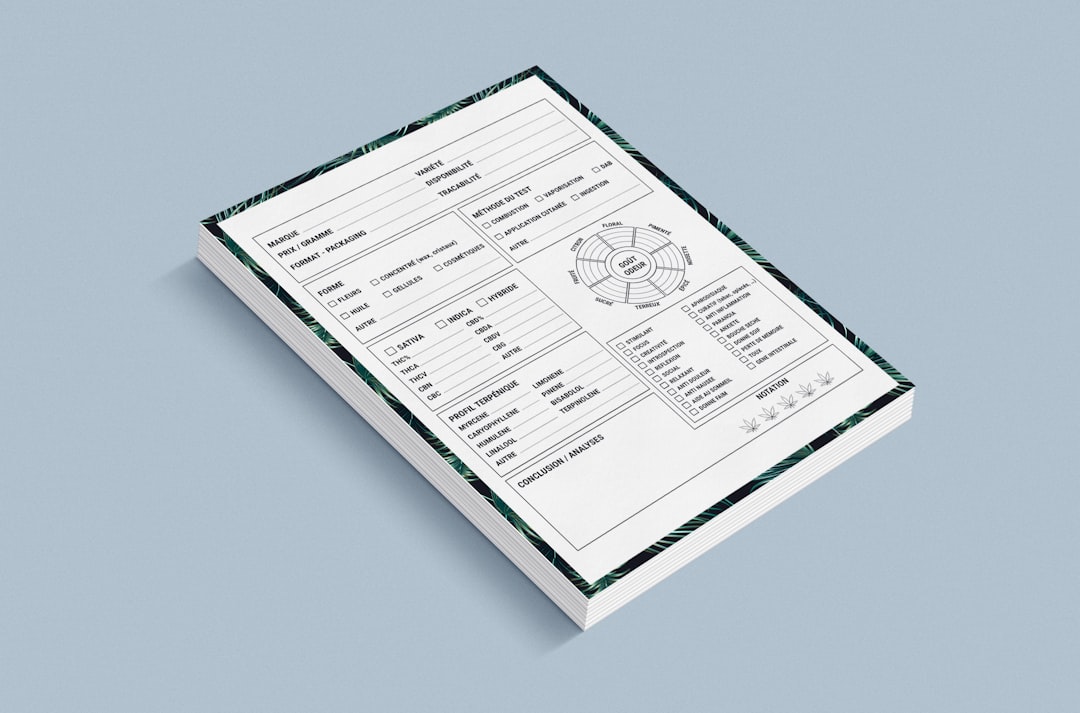When users visit your website, they’re on a mission. They want answers. They’re looking for juicy details, not just surface-level stuff. But if your site’s navigation is shallow, they’ll bounce. Fast. That’s where the magic of revamped navigation comes in.
It’s time to go deep
Imagine walking into a library. There are hundreds of books. But no labels. No directions. Just shelves and chaos. That’s how a poorly structured website feels. Users want depth. They want paths that lead from one idea to the next. Not confusion.
Your mission? Make it easy for them.
Let’s slice it all up into simple, snackable tips to revamp your navigation and go deeper with your content. 🍕
1. Organize everything like a smart cookie
Start by grouping related content. Your website is a brain. It works best when thoughts are connected.
- Put similar topics together
- Create categories that make sense
- Don’t overload the main menu
Think of your top menu as a map. Don’t jam the entire world into it. Instead, guide users to explore new corners through submenus and clickable breadcrumbs.

2. Use deep linking like a pro
Deep links are like secret hallways. They take users straight to the action. Don’t just link to big categories—link to specific, juicy pages. For example:
- Instead of linking to “Resources”, link to “Beginner’s Guide to Web Accessibility”
- Link your blog posts to relevant tutorials
- Guide your audience from general to specific
Each click should feel rewarding. The deeper they go, the richer the content should be.
3. Mega menus are your besties
For big sites with a lot of content, mega menus are lifesavers. They stop users from feeling lost.
Instead of simple dropdowns, mega menus show an overview of what’s inside. Like a tiny sitemap built into the header.
Why are they great?
- They give structure
- They’re fast to scan
- Users can jump multiple levels deep instantly
Make sure they’re clean. Group content with clear headers. Use icons if you like — just don’t overdo it. Simplicity wins.
4. Breadcrumbs aren’t just for birds
Breadcrumb navigation is one of those low-key tools that works wonders. It shows users where they are — and how they got there.
For example:
Home > Resources > SEO > Advanced Link Building Strategies
Suddenly, there’s context. It invites exploration. A user might pop back to the SEO section to see what else is there. It’s like leaving trails of cookies in the forest. But way less creepy.
5. Chunk your content for clarity
Deep navigation doesn’t just happen outside the content. It should also happen inside pages. Don’t drop a wall of text. Break it up like this:
- Add clickable headings
- Use collapsible sections (especially for FAQs)
- Auto-generate a table of contents
This lets readers jump to what matters to them. Instantly. They feel in control, and that’s pure UX gold. 💰

6. The power of related content
Let’s say someone reads your tutorial on how to roast coffee beans. What’s next? A guide to grinding coffee, of course!
Or maybe a video on latte art. The point is: predict what your users want and suggest it at the right time.
Add “Related Articles” or “You Might Also Like” sections at the bottom of key pages. Better yet, place inline links while they’re reading. It’s like saying, “Hey, if you liked that, check this out!”
7. Search that actually works
Sometimes, users just want to jump to one thing. A good search bar helps. But not if it spits out irrelevant junk.
Make search smarter with:
- Type-ahead suggestions
- Filters to narrow results
- Snippets showing what’s inside each result
Basically, think of your search bar as a second navigator. One that helps users dig straight into the good stuff.
8. Flatten where needed, nest where smart
There’s no one-size-fits-all for navigation depth. The trick is knowing when to go deep vs. keeping it flat.
- Go deep for topics with lots of content (like health, finance, or coding)
- Keep flat for simple, task-based pages (like Contact, Pricing, or Login)
Give users the luxury of depth—but only where it’s useful. The rest? Keep it quick and breezy.
9. Think mobile first
Most users are swiping on phones, not clicking on desktops. So your navigation needs to shrink smartly.
Tips for better mobile nav:
- Use expandable menus
- Put priorities at the top
- Use icons wisely (they help when screen space is tight)
Whatever you do, test on real phones. Lots of them. What works on a new iPhone might be a mess on an old Android.
10. Measure, tweak, repeat
Navigation isn’t a “set it and forget it” thing. Digital behavior changes. Your content grows. So check analytics. See what paths users take.
Look for:
- High bounce rates
- Pages with short time-on-site
- Which links are never clicked
Then go back and tweak. Improve. Test again. Navigation is science. And art. And it’s always evolving.
Wrapping it all up
Smart navigation is invisible. It whispers, “This way,” and guides users on an adventure of discovery. It rewards curiosity. It removes friction. And ultimately, it’s what separates an okay site from a fantastic one.
If you want users to go deeper, give them a well-lit path. Fill it with signposts. Surprises. A few shortcuts. And above all, make it make sense.
Because when navigation is good—like really good—users don’t notice it. They just enjoy the journey.



